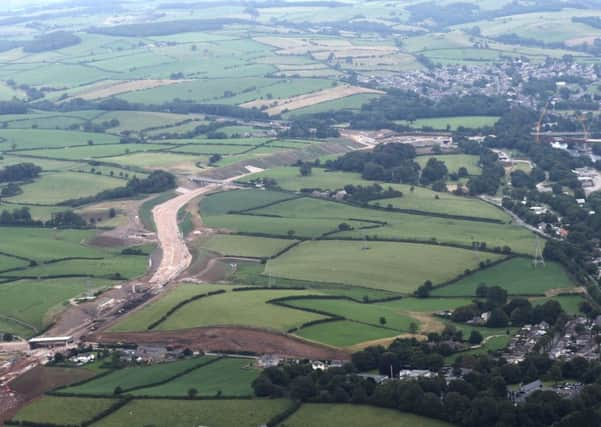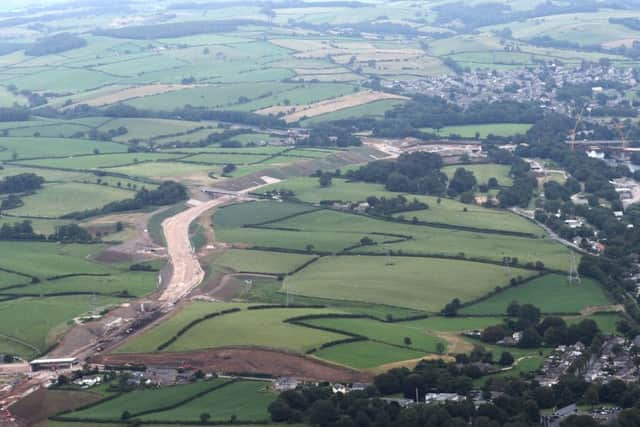Lancaster’s greenbelt goes up for grabs in house boom


Lancaster City Council is looking at ways to find more development sites on top of the many already earmarked, and has launched a new public consultation to find enough land for another 5,000 to 6,000 new homes.
The council says it is adopting a “hybrid approach” in three parts.
Advertisement
Hide AdAdvertisement
Hide AdThe first is a large urban expansion of Lancaster with the potential development of 3,000 homes in the Scotforth area, including the land already identified at Whinney Carr.


Another option, for 1,500 new homes, south of the river Lune, and east of the M6 motorway around junction 34.
There is also development potential east of the city, between the Ridge, the M6 and Lansil Golf Course, for 1,500 homes.
The contentious issue of building on greenbelt land is also being considered.
Advertisement
Hide AdAdvertisement
Hide AdThe council said there were only limited exceptions that would allow for development in the North Lancashire green belt, which had its boundaries drawn in 1991, but the building of the Heysham M6 Link Road through the green belt now has to be considered in terms of housing development.
This option includes land for 850 homes north of Skerton, Beaumont, and the river Lune, west of the M6 and south of the new link road.
Other options for greenbelt development include land for 750 homes east of Torrisholme Barrows, 1,250 new homes on greenbelt land south of Carnforth, and 500 news homes at Hest Bank.
A potential 500 new dwellings could be built at Dolphinholme, which is the only village identified as suitable for a greater level of development.
Advertisement
Hide AdAdvertisement
Hide AdCoun Janice Hanson, Lancaster City Council’s Cabinet member with responsibility for economic regeneration and planning, said: “The council still needs to decide on a definitive answer as to the final number of new homes that need to be built but all the indications are that it could be up between 650 and 700 annually between now and 2031.
“Land has been identified which would go some way to meeting this need but we’re still left with a shortfall of between 5,000 and 6,000. Many people will say that we must not build new homes on such a scale, but the evidence and estimates we have of population and job growth show the opposite – growth will quickly outstrip demand unless we take action.
“If we do not properly plan using the evidence then we run the risk of house prices becoming increasingly unaffordable and having nowhere for young people and families to live in the future, forcing them out of the area to look for homes and work elsewhere.
“In turn this would lead the district to stagnate and unable to attract new businesses, investment and jobs.
Advertisement
Hide AdAdvertisement
Hide Ad“It is incumbent on us all to look at the evidence dispassionately and come to a decision which will provide our communities with the opportunities they need to grow and prosper.”
The six-week consultation will be held between October 19 and November 30.